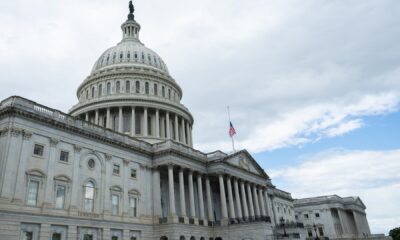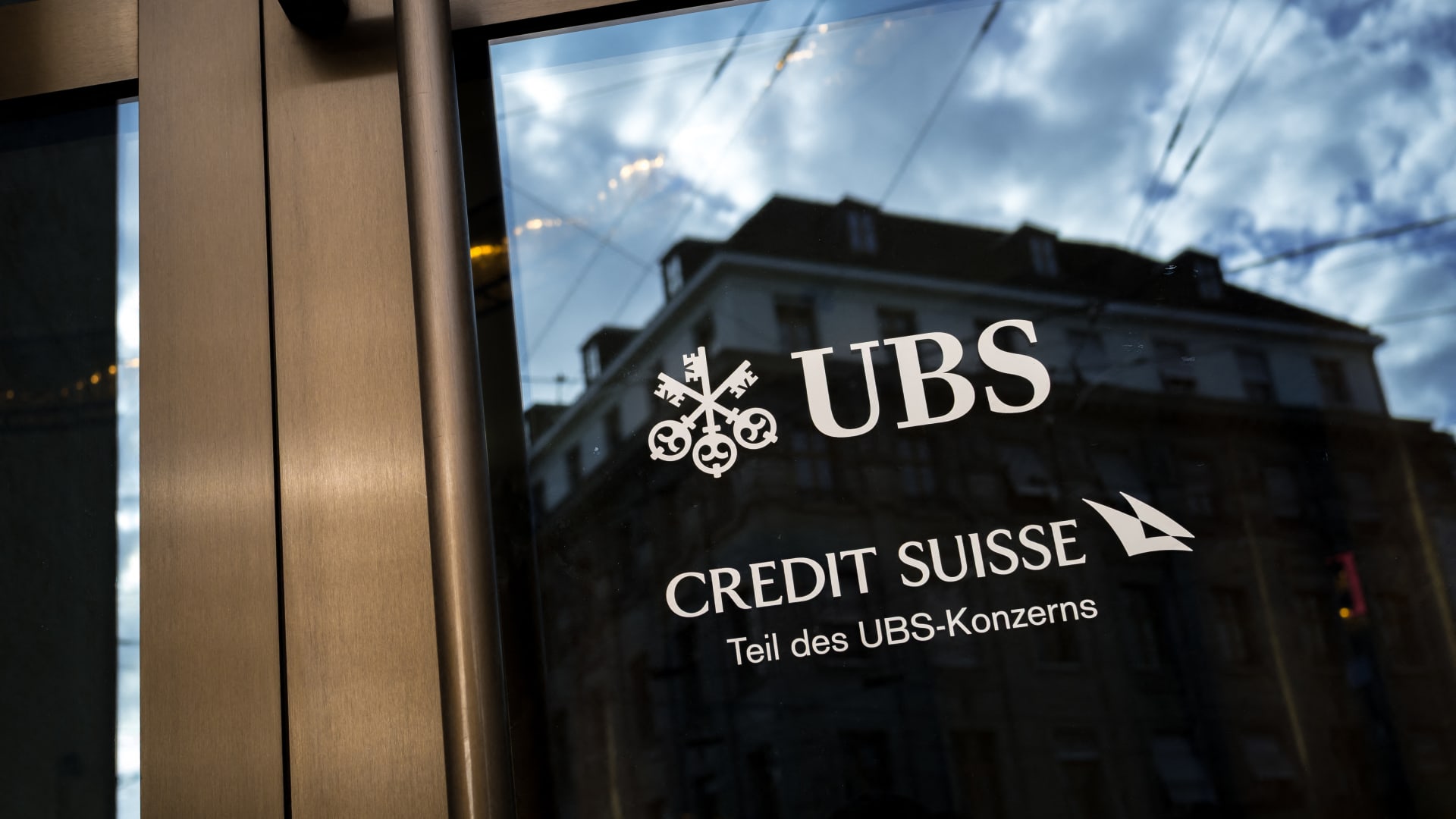The 30-year fixed-rate mortgage averaged 6.88% this past week, according to Freddie Mac. (iStock )
Mortgage rates continue their steady climb upward. Rates for 30-year mortgages averaged 6.88% this past week, Freddie Mac reported. Rates last week averaged 6.82%, and a year ago, the 30-year fixed-rate mortgage averaged 6.27%.
“Mortgage rates have been drifting higher for most of the year due to sustained inflation and the reevaluation of the Federal Reserve’s monetary policy path,” Sam Khater, Freddie Mac’s chief economist said.
Borrowers looking for 15-year mortgages also saw average rates go up this week. The average 15-year rate was 6.16%, up from last week when it averaged 6.06%. Inflation is pushing these rates higher, but the beginning of the spring buying season is also bringing more demand, adding to the rising rates.
“It’s clear that while the trend in inflation data has been close to flat for nearly a year, the narrative is much less clear and resembles the unrealized expectations of a recession from a year ago,” Khater said.
Visit an online marketplace like Credible to compare rates, choose your loan term, and get preapproved with multiple lenders.
SPRING HOMEBUYING SEASON BRINGS SLIGHTLY MORE OPTIMISM AS LISTINGS CONTINUE TO RISE
Monthly mortgage payments just hit an all-time high
Mortgage interest rates are adding to the overall cost of getting a mortgage. According to data from Redfin, over the period of four weeks ending April 7, the average mortgage payment was $2,747, an all-time high.
“For homebuyers, the latest CPI report means mortgage rates will stay higher for longer because it makes the Fed unlikely to cut interest rates in the next few months,” Redfin Economic Research Lead Chen Zhao said.
High sale prices on homes contribute to overall high costs as well. The median sale price in April is $378,250, which is up 4.5% year over year. This is just $5,000 less than the record high in June 2022. With demand also rising, prices are likely to stay high for the near future. A potential increase in houses for sale could bring some relief, though.
“Housing costs are likely to continue going up for the near future, but persistently high mortgage rates and rising supply could cool home-price growth by the end of the year, taking some pressure off costs,” Zhao said.
As more homes come on the market, you have more homebuying options. Make sure you’re ready with the right mortgage lender and rate. Head to Credible today to compare rates and lenders in minutes.
HOME LISTINGS ARE RISING, BUT BUYERS AREN’T BUYING DUE TO HIGH INTEREST RATES
Homeowners insurance expected to rise 6% this year
Adding on to the list of high housing costs — homeowners insurance costs aren’t expected to drop anytime soon.
Homeowners insurance rates are projected to go up by 6% in 2024, according to an Insurify study. This means rates could end the year at $2,522, on average. Rates have steadily been rising over the years. Annual rates increased by 19.8% between 2021 and 2023, going from $1,984 to $2,377, on average. Increases largely affected states that dealt with more frequent natural disasters.
Floridians pay the most for their home insurance policies, averaging an annual rate of $10,996 in 2023. Florida’s homeowners are likely to see a 7% increase in 2024 and will pay an average of $11,759 annually. The state with the second-highest home insurance rates is Louisiana.
The average homeowner in Louisiana pays $6,354 annually. Currently, residents don’t have the highest rates in the country, but after the projected 23% hike expected in 2024, this may change.
Credible can walk you through each homeowner’s insurance policy and coverage. Plus, they can tell you how to save hundreds on homeowners insurance each year.
HOME INSURANCE COSTS ARE HIGHEST IN THESE STATES – HERE’S HOW TO LOWER YOUR PREMIUMS
Have a finance-related question, but don’t know who to ask? Email The Credible Money Expert at [email protected] and your question might be answered by Credible in our Money Expert column.

 Blog Post1 week ago
Blog Post1 week ago
 Economics1 week ago
Economics1 week ago
 Finance1 week ago
Finance1 week ago
 Personal Finance1 week ago
Personal Finance1 week ago
 Accounting1 week ago
Accounting1 week ago
 Economics1 week ago
Economics1 week ago
 Personal Finance6 days ago
Personal Finance6 days ago
 Personal Finance1 week ago
Personal Finance1 week ago










